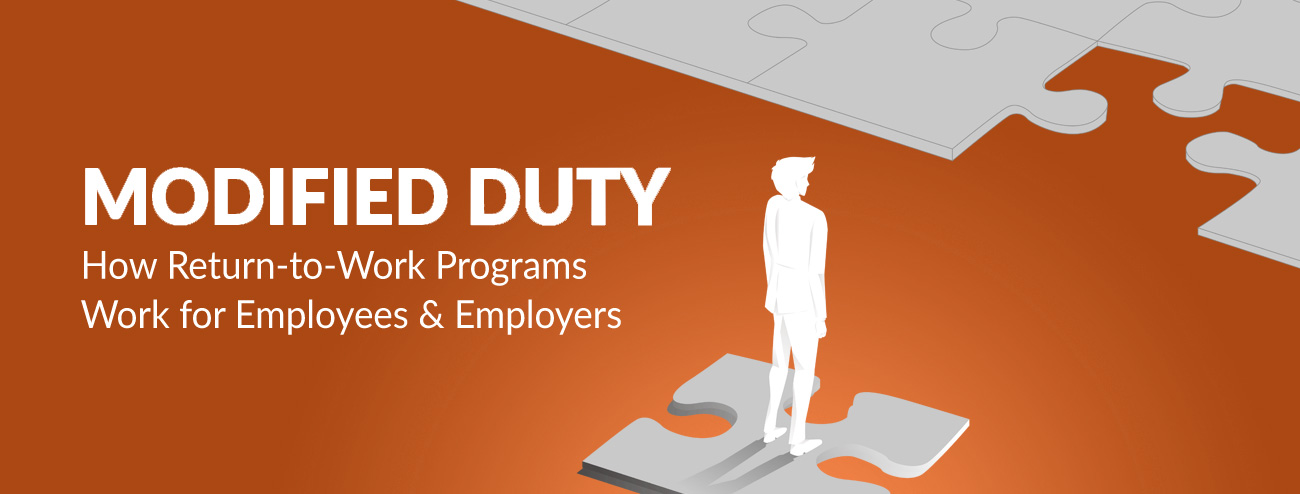One of our most recent eBooks, The Anatomy of a PEO Invoice, is an in-depth guide to PEO billing, and covers a variety of topics that many small business owners interested in PEO services have questions about.
We want to give all of you a small preview of what we cover in the eBook, and we started with our section on what’s in a PEO invoice that you’re already paying for. This week, we’re bringing you the sections on admin fees for PEOs, and the different types of invoices used by PEOs.
Keep an eye out for more sections, or just download the full eBook here!
Download the PEO Billing Guide
Admin Fees for Professional Employer Services
These are the fees directly related to the services your PEO provides. These fees typically appear in one of three ways on your invoice:
- A percentage of payroll.
- A flat dollar amount per paycheck or employee.
- A flat minimum amount per pay period.
Some PEOs will even show you your rate in a couple different formats from the list above. For example, we provide proposals to prospects showing our costs in both per-check and percentage format. These rates are set within the client service agreement between you and the PEO. We will discuss a few different approaches to how these fees are shown on your invoice more in depth in the next section.
PEO services include things like:
- Payroll processing.
- Unemployment claims handling.
- Worker’s compensation claims administration.
- Employee handbook creation.
- HR consulting.
- And many other services.
If you offer benefits that your employees are paying pre-tax, it’s very important question to ask your PEO is whether they are charging their admin and what their percentage is billed against. Gross or adjusted? That can add up to very big numbers over the course of year.
*See additional costs in The Fine Print section later in this guide to learn about other services that may be charged by your PEO in addition to regular admin fees.
Types of Invoices
Now that we’ve looked at the various parts of a PEO invoice, let’s look at a couple different ways these costs might be displayed on an invoice, as well as some other approaches that might make one invoice different from the next.
In our experience, we have run into two different approaches to how an invoice is laid out. These two different approaches fall into what is commonly referred to as “bundled” or “unbundled” billing.
Let’s take a look at how these two approaches differ.
Bundled Pricing
In a bundled invoice you will typically see just one or two lines that represent all the various pieces of the PEO services. Bundled pricing usually takes the form of providing a single percentage value that represents the total percentage of each paycheck going to the PEO to cover:
- Workers’ comp
- FICA
- FUTA
- SUTA
- Employer- paid benefits
- Admin fees
It is common to see this percentage rate as a before cut-off rate. This means that the rate will be reduced by the respective percentages once applicable cut-off limits are reached for FICA, FUTA, and SUTA.
Here’s an example of what a bundled invoice or proposal might look like…
| Employee Group | Employees | Service Fee Percentage | Monthly Payroll | Total |
| Employee Group 1 by W/C code | 10 | 12.75% | $36,923.07 | $4,707.69 |
| Employee Group 2 by W/C code | 5 | 15.22% | $19,200 | $2,922.24 |
| $7,629.93 |
As you can see from this example, the PEO in this situation does not break out the costs that make -up the percentage fee (pass-throughs, work comp, benefits, admin, etc.). You don’t know the percentage that you are paying for their administrative services, or what actually makes up this percentage. All you know is the total amounts that you will have to pay the PEO on a monthly basis for your given payroll.
While this does appear to be a both simpler and easier to understand method, you need to be careful. Over-simplifying in this manner can be used to hide service rates that should be lower, benefits rates, or high admin rates. Only 2% of that $8,349.04 from that example may be going to the PEO for their services, but you won’t know unless it’s broken out.
Unbundled Pricing
Unbundled pricing is where all of the costs are unbundled, or broken-out, so you can see exactly what you are paying for in each area. You can see all the individual components making up that total percentage cost or per- check rates.
Below is an example of unbundled pricing using a percentage billing method:
| Employee Group 1 by W/C code | |
| Description | Clerical |
| W/C Rate | 0.13% |
| FICA | 7.65% |
| FUTA | 0.60% |
| SUTA | 2.37% |
| Admin | 2.00% |
| Cost before cut-offs | 12.75% |
| Monthly Gross Payroll | $36,923.07 |
| Group Total | $4,707.69 |
| Employee Group 2 by W/C Code | |
| Description | Nursing |
| W/C Rate | 2.60% |
| FICA | 7.65% |
| FUTA | 0.60% |
| SUTA | 2.37% |
| Admin | 2.00% |
| Cost before cut-offs | 15.22% |
| Monthly Gross Payroll | $19,200 |
| Sub Total | $2,922.24 |
| TOTAL | $7,629.93 |
You can see the the cost and rates are the same on both examples, but it is much easier to see exactly what you are paying for in the unbundled format.
Percentage vs. Per-Check (flat rate)
The way a PEO charges for their services will be calculated in two common ways: the percentage method, and the per-check method.
1. The Percentage Method
This is when a PEO applies an administrative service charge in the form of a percentage amount that will be paid to the PEO from each payroll check they process. It’s important to note that this is payment for the PEO services, and not the other pass-through costs, as described earlier in this guide.
Notes about this method: This method is not advantageous when you have a large amount of commissions and bonuses paid out to your employees.
Example:
- 5 employees paid biweekly
- $5769 gross wages per biweekly pay cycle.
- PEO is charging 2% per payroll cycle for their services.
- This means you would be paying approximately $115.38 biweekly for their services.
2. The Per-Check Method
This is a fixed fee per- employee, per- paycheck processed.
Example:
- 5 employees paid biweekly
- $5769 gross wages per biweekly pay cycle.
- PEO is charging $24.00 per-check per payroll cycle for their services.
- This means you would be paying $120.00 biweekly for their services.
Notes about this method: This method can be less favorable when you have lots of part-time employees, unless your PEO gives you a different rate for part-time employees. You may end up paying more using this method compared to the percentage method in some situations. This method can be advantageous when you have a large fluctuation in payouts related to commissions and bonuses from pay cycle to pay cycle.
Using the same examples from above, let’s say the next pay cycle your gross pay went up from $5769 to $6345:
- Using the percentage method of 2%, you would pay $126.90 for the same five employees.
- Using the per-check method with a flat rate of $24 per-check, you would still pay $120.00 for the same five employees.
The advantages and disadvantages of each method will vary from company to company. Look at your annual gross wages. Calculate an average gross pay per pay cycle, the use this to test which model works best for your company, and which way you see the most savings.
The Annual Admin Per Employee Quote
It’s worth noting that, while you’re shopping for PEO companies, you will most often see quotes that are in “annual admin per employee, per year pricing models.”
For example, a sales consultant may quote you $850/ee/yr* for their services.
- To convert to flat fee per payroll cycle, just divide this number by the number of your payroll cycles to get your per payroll cycle costs.
Example: $850/26 (for biweekly pay) = $32.69 cost per employee, per pay cycle. - To convert this to percentage per pay cycle, take $850 and divide that by the number of payroll cycles you have in a year. Then use that number to calculate the percentage that number represents of your average pay per employee, per employee per pay cycle.
Example: $850/26 (for biweekly pay) = $32.69 cost per employee, per pay cycle. $32.69/$1153.8 (pay per employee, per employee per pay cycle) = 2.83%.
*per employee, per year





